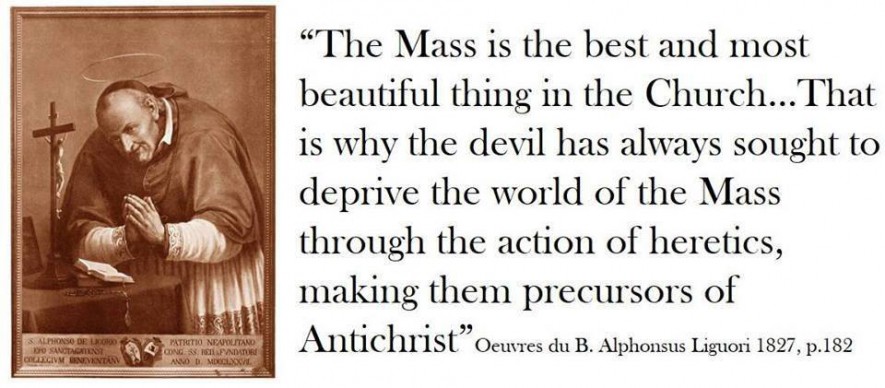Catholics have often endured the charge that we are an unbiblical Church. Strange accusation, really, for the Church that collected the Scriptures, determined the canon of Scripture and preached it for 1,500 years before there ever was a Protestant denomination. The fact is we are quite biblical and often in ways that are stunningly powerful.
For the Church, the Scriptures are more than merely ink spots on a page. The Scriptures are manifest and proclaimed in how we live, how we are organized hierarchically, our sacraments, our liturgy and even in our buildings.
Long before most people could read, the Church was preaching the Gospel. And to do so, she used the very structure of her buildings to preach. Many of our older builds are a sermon in stone and stained glass.
The Scriptures come alive in our art, statues, paintings, and majestic stained glass windows that soar along the walls of our Churches like jewels of light. Even the height and shape of our older churches preach the word. The height draws our sights up to heaven as if to say, Since you have been raised to new life with Christ, seek the things that are above where Christ is seated at God’s right hand(Col 3:1). And the shape of most of our older churches is the shape of a cross. As if to say, May I never glory in anything, save the Cross of my Lord Jesus Christ (Gal 6:14).
My own Parish Church is a sermon in stone and wood and glass. It is designed around the Book of Revelation, Chapters 4 and 5 in which John is caught up into heaven and describes it in detail. The fundamental design of the sanctuary drawn from Revelation 4 and 5 includes the throne-like altar (Rev 4:2), seven tall candles around the throne (Rev 4:5), the four living creatures in the clerestory windows above the altar (Rev 4:6-8). At the center of the altar is the tabernacle wherein dwells the Lamb once slain who lives forever, Jesus (Rev 5:6). Around the throne (altar) are seated the twenty-four elders (Rev. 4:4) symbolized by the 12 wooden pillars on the back sanctuary wall and the 12 stained glass windows of the Apostles in the transept windows. The multitude of angels who surround the throne (Rev 5:11) are symbolized by the blue and gold diamonds on the apse wall.
read more: http://blog.adw.org/2013/09/how-traditonal-catholic-architecture-better-fulfills-the-plan-of-god/
